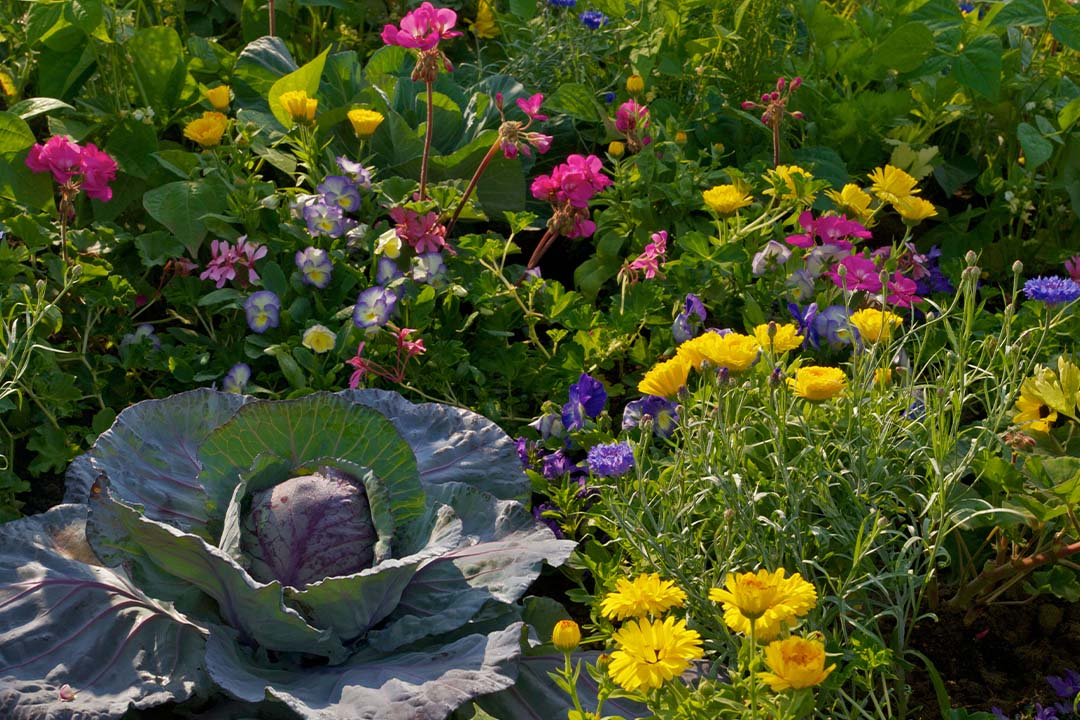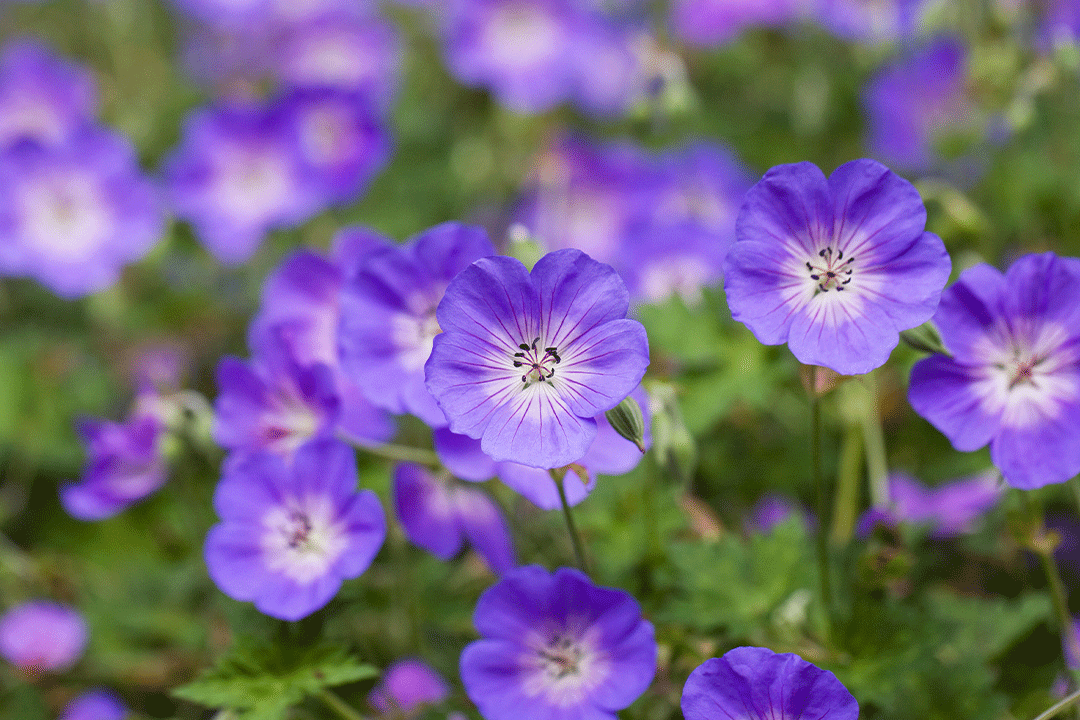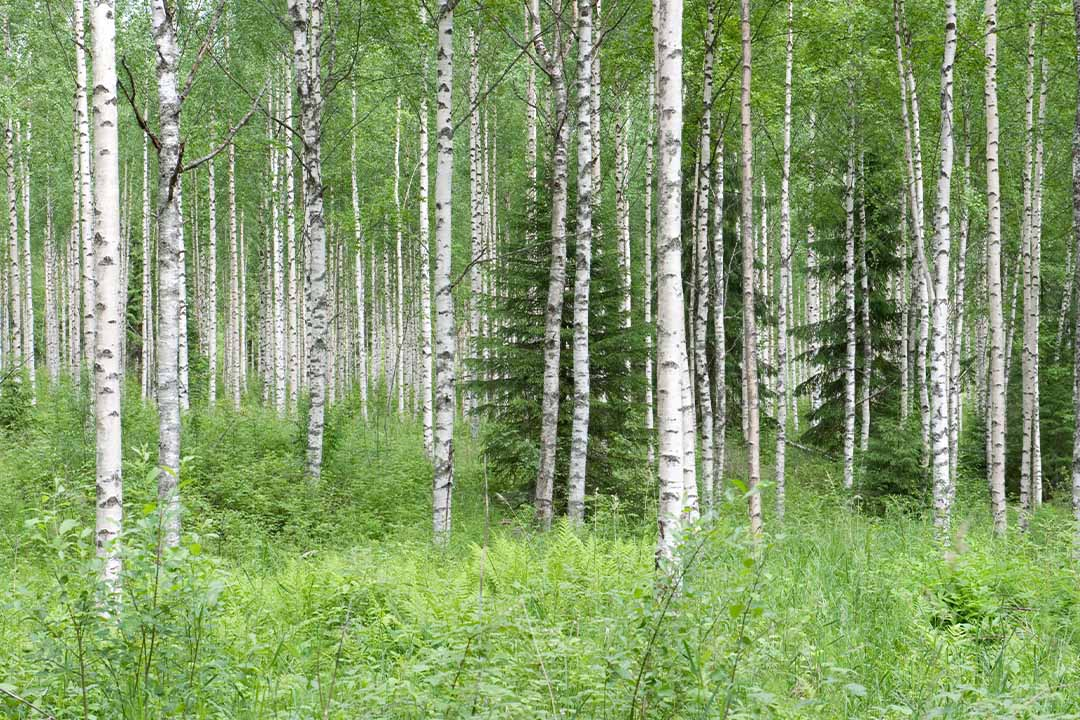If you want a head start on your gardening, there are numerous fruit and vegetable plants and seeds to sow in January! Don't let the bad weather keep you trapped indoors. You don't need a heated propagator to enjoy peaceful gardening this month. You can start growing if you have a frost-free place, a warm windowsill indoors, or a greenhouse.
Use our recommendations to start planning your garden. You'll find inspiration for beautiful flowers, juicy fruits, and bumper-crop vegetables. If growing from seed isn't for you, you can purchase plants directly from our site with free delivery over £50 throughout the year.
This guide to what to plant in January includes all the fruit, vegetable and flower varieties you should start sowing now for full vegetable patches and lush hanging baskets as the seasons pass.

January plants, flowers, and vegetable seeds
January is a quiet time for seed sowing and gives many vegetables, fruits and flowers a few weeks to grow before they are planted out in the vegetable plot during spring. Some mild areas of the UK can be sown directly outside, but most plants in January are started from seeds kept under a heated propagator, cold frame, or glass.
Vegetables to plant in January
Planting the vegetable garden is usually a spring task. You'll start sowing onion seeds in February, then sow celeriac, turnips, and other early crops from March time. But some vegetables do well when you start their seedlings in January. Our range of seeds to sow in January includes:
- Aubergine - plant now in pots for harvests as early as July.
- Broad beans - sow broad beans in a tray filled with seed compost in the greenhouse
- Cauliflower - start in a cold frame, then transfer outdoors in March.
- Leeks - sow now if growing under glass, or wait until spring for outdoor planting.
- Lettuce salad mix - sow now in seed compost and keep in your greenhouse for salad leaves throughout spring.
- Tomatoes - best sown under glass in January for a bumper summer crop.
Extra tip from our horticulturalists

Although our list of vegetables to grow in January doesn't include potatoes, you can start chitting seed potatoes to plant outdoors toward the end of the month. First earlies seed potatoes will be ready to plant in March and April when the frost dissipates and the soil warms. Start thinking about which varieties of second earlies you also want to grow.
Fruit seeds to be planted in January
Few fruits are ready to be sown at this time of year, but if you like to grow rhubarb and strawberry seeds, you can sow in January in containers. The best spot is a sunny indoor windowsill or a heated incubator (an unheated greenhouse may be too chilly). A long growth period ensures they'll produce well in the summer.
Another option is to choose bare-root strawberries and rhubarb - order in January and plant out in well-drained soil from early spring. This is a great way to ensure sturdy, established plants.
Flowers to plant in January
Although there aren't any bulbs to plant in January, you can sow some seeds. Early seed sowings for flowers require a warm windowsill next to your kitchen garden or a heated propagator. This applies to geraniums, dahlias, begonias, petunias, and coleus flower seeds. Leave other flower seeds until spring.

But there are some exceptions to the 'what flowers to grow in January' rule. For example, you can sow delphiniums now and keep them in the fridge through January before keeping them at cool room temperatures from February. Sweet peas can be planted in a cold frame from late January if you live in the mild south of England, too.
If you cannot provide a frost-free January spot or don't have a heated greenhouse for seeds growing in flower trays, pots and containers, don't panic. Either sow later in the year or buy plug plants for your flower beds, baskets, and window boxes as you need them.
Bare root plants
You can't ask 'what to plant in January' without mentioning bare root plants. Winter is the best time for establishing them! Besides bare-root rhubarb and strawberries, you can also plant fruit trees, hedges, and ornamental shrubs in January.
Bare root shrubs and hedges
January is a good month for bare-root plants, as they are only available during the winter. If you miss them now, you'll have to wait until next autumn. Bare root varieties are provided with bare roots - with the network of roots exposed- and are in a dormant state. So, as soon as you receive one, place it in a sheltered spot with the roots submerged in cold water. You'll want to plant it as quickly as possible (check our How to Plant a Hedge guide to learn more).

January is a good time for planting, as the ground isn't typically too wet, and it hasn't frozen over yet, either. This makes digging a hole much easier. Whether you've opted for spring, summer or winter flowering shrubs, they should be well established before March, when new growth is expected.
Popular bare-root shrubs to plant in January include:
- Green beech (Fagus sylvatica)
- Pink ramanus rose (Rosa rugosa Rubra)
- Green privet (Ligustrum ovalifolium)
- Hazel (Corylus avellana)
- Sea buckthorn (Hippophae rhamnoides)
- Blackthorn (Prunus spinosa)
- Common alder (Alnus glutinosa)
If you are planting a full-length hedge, keep in mind that a double staggered row is best for creating a full, dense hedge - plan for around five hedge plants per metre.
Bare root trees
Bare root trees are also ideal if you want to plant in January. The key is to get them established in the ground before the first frost arrives, so don't leave it until cold and icy February! Bare root trees are available to order throughout winter and can be planted up until the first buds emerge in early spring.
Many bare root hedges also make lovely standalone trees, including:
- English oak and red oak (Quercus robur)
- White willow (Salix alba)
- Downey birch (Betula pubescens)
- Silver birch (Betula pendula)
- Common elder (Sambucus nigra)

Most will grow best in full sun or partial shade. To plant them in January, first, dig a suitable hole before your tree is delivered. You can read our guide to planting bare root hedging to learn how to give your tree the best conditions for abundant growth.
As well as planting trees and sowing seeds, you can also plant raspberry canes and blueberry plants if you have a spot with suitable acidic soil once the soil stops freezing over.
Other gardening jobs for January
January is a wonderful time for sitting back, thinking about what you grew last year and how you can make your garden flourish for the year ahead.
This means planning out vegetable beds, composting to improve soil structure, enjoying all the stored vegetables you grew, and undertaking these simple tasks:
- Prune fruit trees, canes and bushes,
- Prune wisteria and vine varieties,
- Rake up debris on the vegetable patch,
- Stake Brussels sprouts, and keep an eye on winter vegetables that are still growing.
Stock up on gardening tools
Finally, head down to the shed in January and check on your supplies - order gardening tools and resources now so you can get to gardening as soon as the weather turns.
Seed compost
It's always worth investing in more compost for the year ahead, particularly if you have overly alkaline or acidic soil. Start with seed compost to get those January vegetables underway and some multipurpose garden compost to refresh beds for spring.
Seed trays
Almost all seeds and seedlings that need to be planted in January require a seed tray. You can repurpose containers or even fill egg boxes with seed compost. Different seeds need different spaces - salad onions grow best with some depth, for example.

Craig Wilson
Co-founder and in-house gardening expert at Gardener's Dream
Craig Wilson, co-founder and director of Gardener's Dream has established himself as a key figure in the online gardening industry. With over 2 decades of plant knowledge and gardening experience, he takes pride in sharing his top tips and tricks for the garden.






